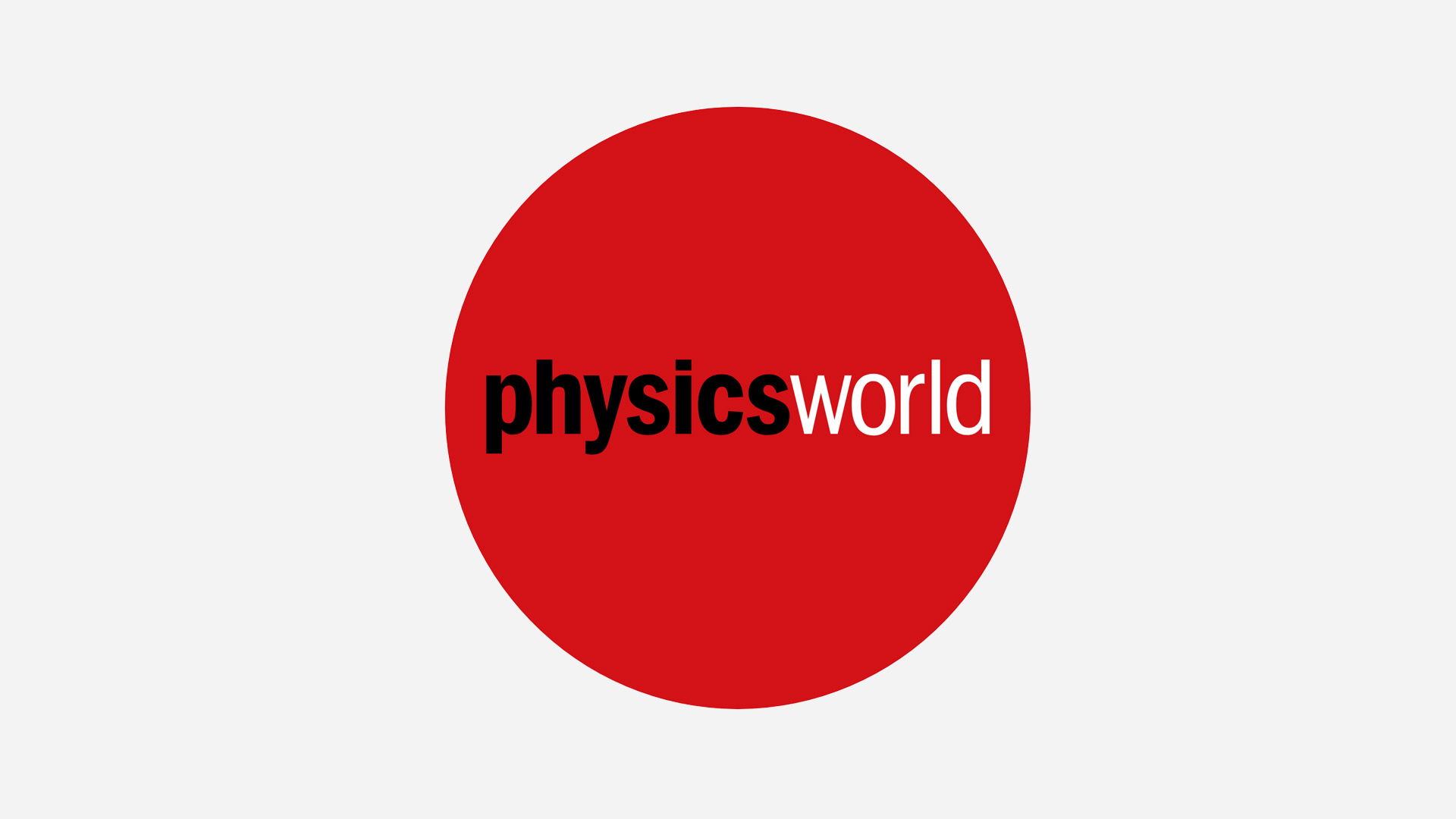
Physicists honoured at the Savoy
Over 300 guests gathered at the Savoy Hotel in London last night for the presentation of the 1998 Institute of Physics awards and medals
Thank you for registering with Physics World
If you'd like to change your details at any time, please visit My account

Over 300 guests gathered at the Savoy Hotel in London last night for the presentation of the 1998 Institute of Physics awards and medals

The UK science budget for 1998-99 was announced by John Battle, the science, industry and energy minister, last week

To do this Levy adapted a technique used by solar astronomers in which a black disk is placed in the focal plane of the telescope. The size of the disk is chosen so that it exactly matches the Sun’s image in the focal plane, allowing astronomers to observe the delicate structure of the corona. Levy […]

A more detailed review by Bernard Pagel of the Nordic Institute for Theoretical Physics (NORDITA) appears in the January 1998 issue of Physics World Some 30 years ago, the hot big-bang paradigm was dramatically confirmed by the discovery of the microwave background radiation and its precise black-body nature. Since then, cosmology has advanced at a […]

Reviewed by Matin Durrani Felice Frankel, the renowned landscape photographer, was hosing her driveway one Sunday afternoon when she decided to search for one of the more interesting puddles. After dropping some oil onto the water, she waited half an hour until the diffraction colours caught her eye, and then captured a stunning image of […]

Reviewed by John Maddox If war is too important to be left to the generals, then surely the research community should be on its guard against leaving the history of discovery to the historians of science who have recently captured their eponymous field. That must surely be the reasonable person’s first reading of this well […]

Bosons (for example, photons) cause constructive interference patterns. This means that the probability that both particles are detected in the same direction is enhanced by the intereference. On the other hand fermions (such as electrons), are predicted to cause destructive interference patterns. This suggests that, compared to classical physics, the probability of finding the particles […]

In a unimolecular reaction a molecule breaks into two smaller molecules (or atoms) in a manner that appears to be independent of the chemical composition of its surrounding. The number of molecules falls exponentially with time. Perrin’s radiation hypothesis is based on two conjectures: the reacting substance has to absorb radiation at the frequency required […]

Golf clubs have an intrinsic attraction to physicists. Not only is the game a relaxing sport, but designing the perfect golf club requires the modelling of some very complex interactions. Manufacturers have to take into account vibration, flexibility and rotational torque dynamics to make sure that the maximum amount of power or energy is transferred […]

COBE first hit both the scientific and international headlines in the early nineties when it confirmed that the cosmic background radiation followed a blackbody spectrum, and later when it detected fluctuations in the cosmic background. COBE was switched off in 1994, but astronomers are still analyzing the data it collected. Two years ago, a French […]